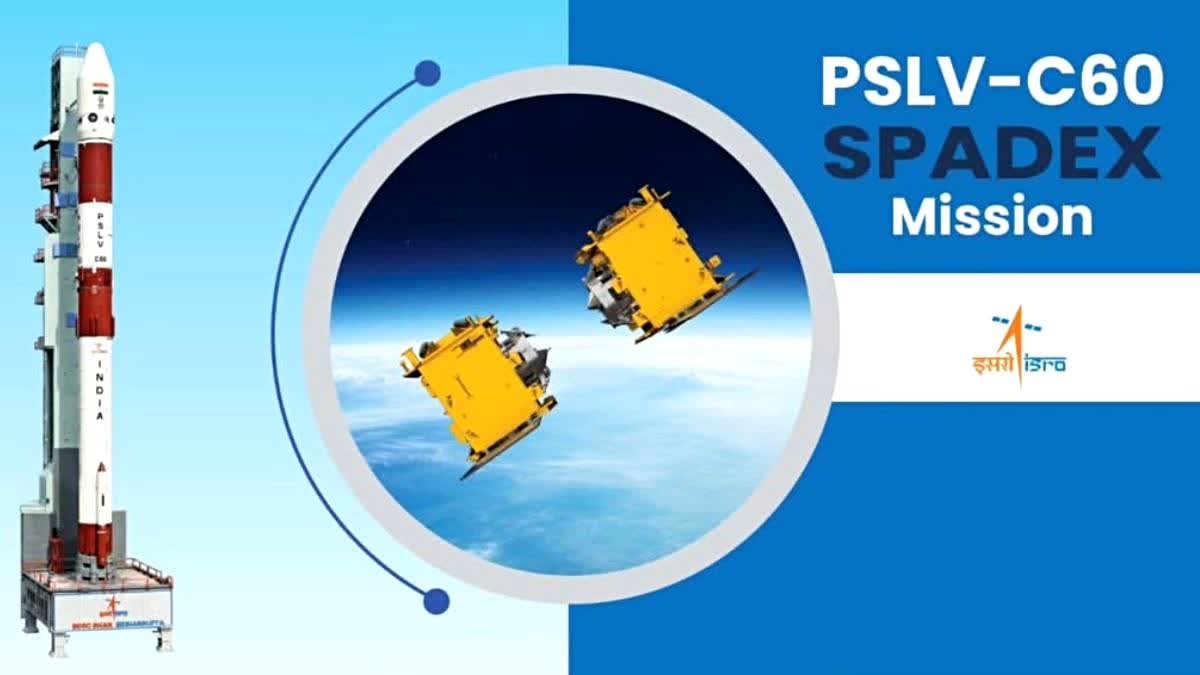
Ladies and gentlemen, once again India has showcased its tremendous progress in space technology through launching the ISRO’s mission named SpaDeX-the Space Docking Experiment. This momentous mission will also make advancements in the field of in-space docking and assembly science which are the critical precursors to future advancements in the exploration of space and promotions of international cooperation.
Here in this blog, we shall focus on elaborating on the mission, goals, technical details of the SpaDeX as well as its potential for the further exploration of space.
Contents
What is the SpaDeX Mission?
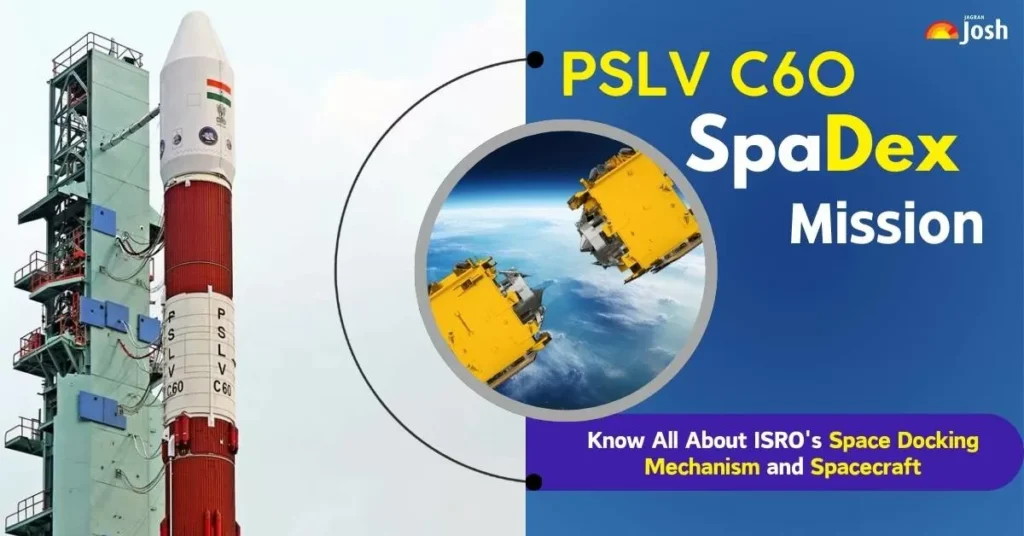
SpaDeX Mission (Space Docking Experiment) is the exciting new venture that ISRO embarked upon with the intent to showcase endowed technologies for autonomous Separation & Rendezvous and Docking & Uncoupling of two space vehicles. The successful completion of the mission puts India at par with some of the most advanced technologically advanced countries in the world.
This technology is immensely valuable for large structure construction in space, and spacecraft refueling, as well as for the long duration space exploration like interplanishment and space station construction.
Mission Objectives
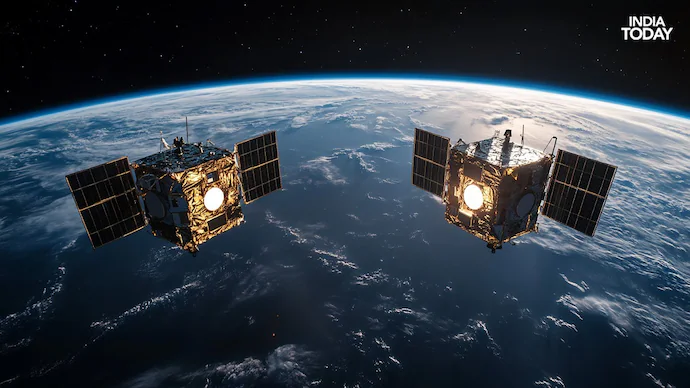
The primary objectives of the SpaDeX mission include:
Autonomous Docking and Undocking: To prove the concept of autonomous onboard spacecraft navigation and autonomous rendezvous and docking of two spacecraft in orbit.
Technology Validation: For the purpose of the testing and proving new types of sensors, new algorithm and new types of docking systems.
In-Space Assembly: To prepare the basic development of structures in space, including space stations, telescopes as well as other giant artificial satellites.
Resource Sharing: To seek out how it might be possible that spacecraft could be refueled, resupplied with data and many other things.
Global Collaboration: To bring India at par with other Space faring nations and enter into cooperation and collaboration and co- mission agreements.
Key Technologies in SpaDeX
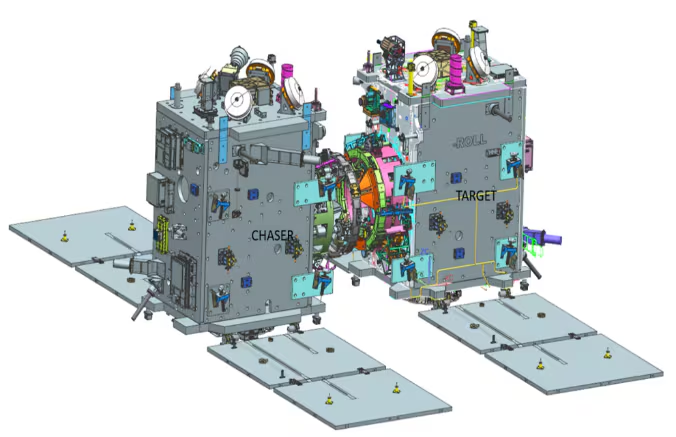
The mission of SpaDeX also embraced several technologies that are critical in the realization of the mission.
Docking Mechanism
Magnetic Docking Rings: Employ magnetic fields so as to achieve acre accurate orientation of the spacecraft.
Soft Capture Systems: Reduce shock force during docking in an effort not to cause damage on the structures involved.
Optical Sensors: Real aperture and synthetic aperture cameras along with LiDAR are used for identification and ranging with the target spacecraft.
Autonomous Algorithms: Unique software calculations determine corrections of the flight trajectory during the docking process in real-life time.
Communication Systems
Inter-Satellite Links: This is is specifically associated with the ability to transfer data between the two spacecraft in a manner that permits docking.
Propulsion and Maneuvering
Microthrusters: Facilitate/permit small incremental circular movements for the purpose of perfect positioning.
Orbital Control Systems: To minimize dangers, it is important to control the vessel’,s sway during the period of docking.
Mission Phases
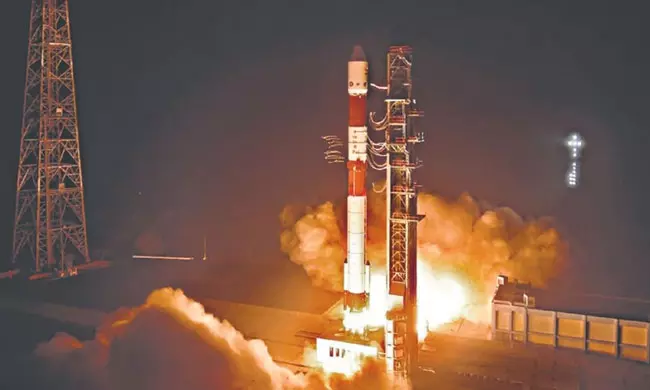
The proliferation of the SpaDeX is divided into several important, well-coordinated stages which define its further work.
Phase 1: Launch
Launched on an Indian Space Research Organisation launch vehicle, the two spacecraft form a payload that is injected into a desired orbit.
Phase 2: Separation
After reaching the orbit, the various components of the space vehicle both severs and align themselves for coupling.
Phase 3: Approach and Alignment
With the help of most modern technical equipment they receive data by active navigation, compute their own approach flight paths, and act accordingly, ensuring they are in proper orientation.
Phase 4: Docking
Docking is a controlled procedure during which the two spacecraft link with the help of the docking system.
Phase 5: Functional Tests
After that, many systems are checked to make sure they are performing properly for data transfer and the structural connections.
Phase 6: Undocking
Last but not least, the spacecraft detach and maneuver away respectively to show an automated function of undocking.
The SpaDeX Mission & Its Importance
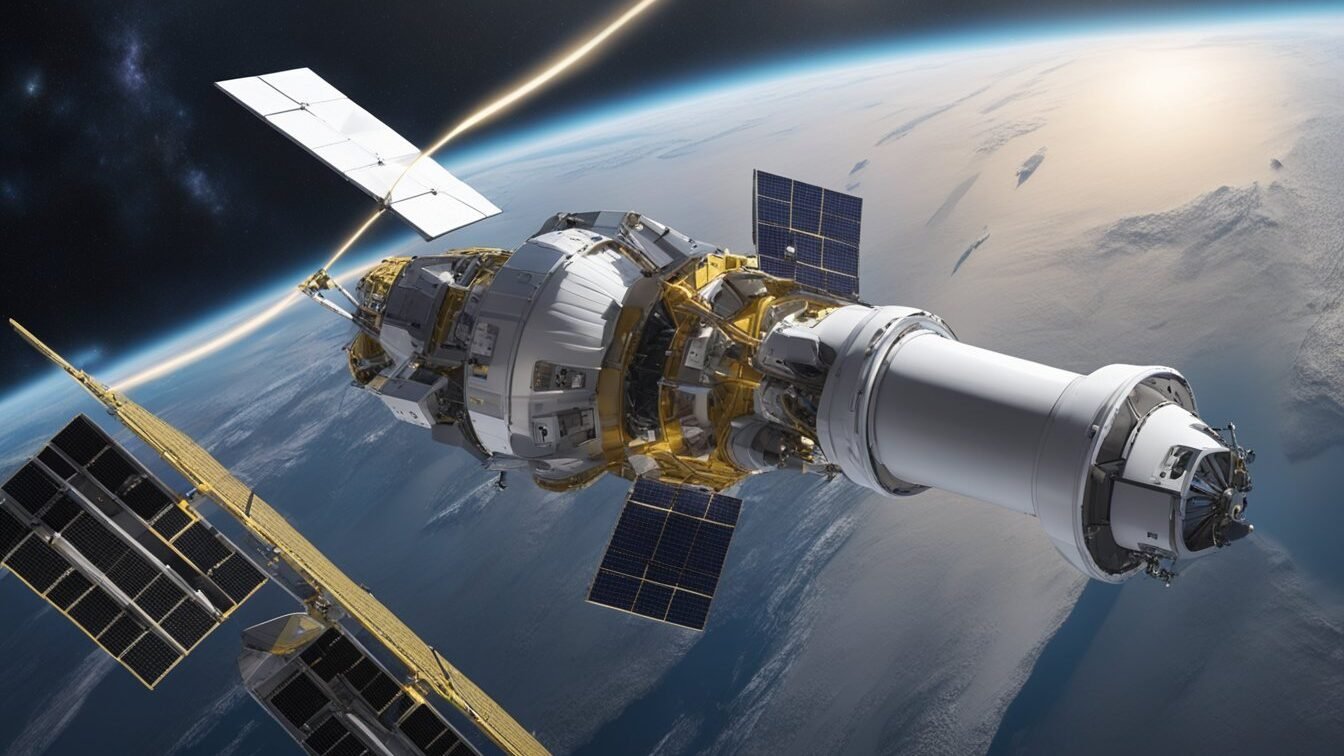
Technological Advancement
Therefore, SpaDeX stands for a huge leap in India as a technological power and now, we can be at par with NASA, ESA, Roscosmos in the case of autonomous space docking.
Future Space Stations
The Rover’s successful docking demonstration is not only a preparation for more complex tasks, such as assembling an Independent Indian Space Station.
Interplanetary Missions
Out-space joining and integration are pivotal for the deep space explorations especially to planets such as Mars and others.
Resource Optimization
The refueling and repair of a space vehicle in orbit entails lesser cost and also increase the usability of the vehicle.
Ending Enhancing internationalpartnership
SpaDeX opens opportunities of cooperation with other space agencies and participate in joint missions and collaboration.
Challenges Overcome in SpaDeX
The non-trivial problem was to provide the possibility of an accurate alignment of the spacecraft without active participation of the human factor.
Safety Mechanisms
Safety systems and countermeasures to prevent collision were a complex task, thus demanding high engineering.
Assessing Learners in Virtual Learning Contexts
Ms. Kaplan states that numerous test flight rehearsals were performed to subject the space systems to extreme conditions.
The Global Perspective
As for space docking technology it has been more of a preserve of a few countries. With SpaDeX, India joins an elite set of organizations that can do this level of work
NASA’s Apollo and Space Shuttle Programs: They first used docking methods for lunar missions as well as the ISS.
Russia’s Soyuz Program: Has played a huge role of in the docking of the technology for several decades.
ESA and JAXA: Even European and Japanese space agencies use docking abilities in their missions too.
The expanded endeavour of ISRO in this league boosts India’s stand in space researches in the universe..
Future Prospects
The future of SpaDeX of course is not limited to the mission stated above. Here’s what the future holds:
Human Spaceflight
Crew transfer to space stations or interplanetary habitats is one of the reasons where docking technology is considered crucial.
Lunar and Martian Missions
In-space docking will help ISRO build big spacecraft using parts transported to Mars and the Moon.
Space Tourism
As the space tourism service develops, the docking system will serve as a solution for attaching and detaching connecting elements and guaranteeing the passenger’s safety.
Space Debris Management
Such facilities could be used to facilitate the capture and subsequent the removal of space debris, which should enhance sustainability in the orbit.
Conclusion
The successful completion of the ISRO SpaDex is one of the landmark achievements for the country and for the ISRO . ISRO has given a vista with all probabilities available with in-space docking right from constructing of space stations to planning for interplanetary travel.
On the front of space journey India has showed encouragement and development of its space programme is continuing to paint new pages. That said, as SpaDeX continues to orbit as a representation of this advancement, it reestablishes India as a noteworthy player in space endeavours.
Source : Buzz Artical & HSUX Solutions
















